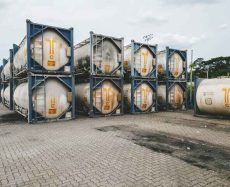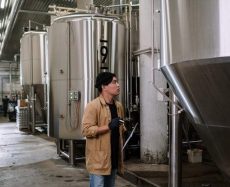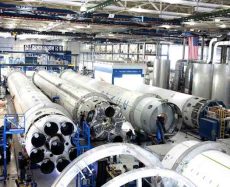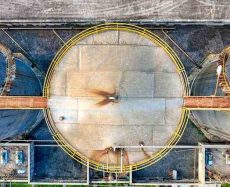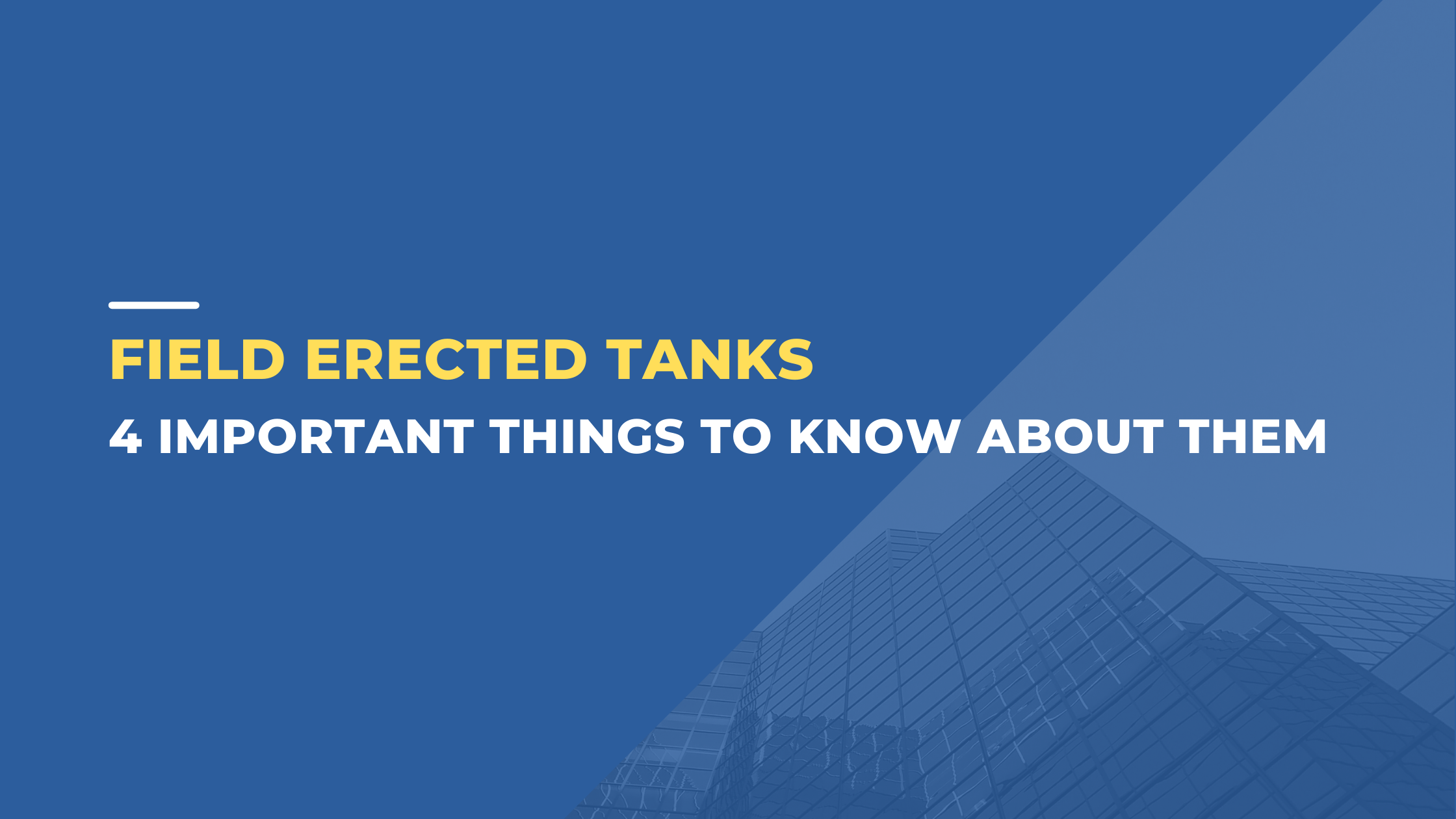
- admin
- June 16, 2022
Field Erected Tanks: 4 Important Things to Know About Them
Massive steel tanks that are field erected are built to withstand significant temperature changes, extreme weather conditions, corrosive chemical effects, and other situations.
Field erected tanks have the advantage of being able to be built in a variety of designs and sizes. Despite their size, these tanks may be shaped into any shape that is wanted, independent of the requirements. For all your industrial storage tanks requirements, you can contact GSC Tanks.
How are field erected tanks constructed?
Because of its size and volume, a field erected tank must be constructed systematically. When you place an order for field erected tanks that meet all of your specifications, the manufacturer begins the procedure.
The creation of a full design and drawings is the first stage in building a field erected tank. The tank maker then places an order for the necessary materials. Stainless steel or carbon, for example, depending on the needs.
The tank builder then organizes and assigns contractors to get raw materials.
Once delivered to the production site, the steel plate material is verified to ensure that it fulfills the customer’s specifications and is kept with the required protective measures.
The tank plates are then rolled to form them according to the tank’s design. Plates for the roof, bottom, and other structural forms are cut according to the design arrangement.
The steel materials are then plate blasted and primed in the next process.
The plate is sprayed and prepared as needed after it has reached the proper blast profile.
Finally, the tank is ready to be shipped to the customer’s location once all of the fabrication, priming and blasting processes are completed.
What you should know about field erected tanks
Do your projects need field erected tanks? Well, there are a few things you should know about field erected tanks before acquiring one for your project. A few key facts about field erected storage tanks are as follows:
The size of field erected tanks is enormous
If you’re familiar with storage tanks, you’re undoubtedly aware of their immense size. This isn’t always the case, though. A storage tank can often be a modest component of a larger project’s overall scope. It may be difficult to tell the difference between a very large and a large tank in this case.
Field erected tanks are not manufactured in a factory
Field erected tanks, as the name implies, are so large that assembling them in a shop and transporting them to the project site is nearly impossible. Furthermore, the requirements for these tanks vary from project to project, necessitating unique design or size adjustments. Field erected tanks are not shop-built for these reasons.
Stainless steel, Carbon steel, and duplex material can all be used to construct field erected tanks
Depending on the tank’s intended use, a field erected welded steel tank might be composed of carbon steel, stainless steel, or a duplex material.
Carbon steel tanks, for example, are utilized for a variety of applications, including urban water tanks and other liquid storage tanks
Stainless and duplex material tanks, on the other hand, are used in the food industry to store liquid food ingredients (in this instance, the stainless steel is food grade), in the chemical industry, and in the power, industry to contain corrosive compounds (in this case, the steels are corrosive resistant).
Field erected steel tanks last a long time and are environmentally friendly
Steel storage tanks are a crucial aspect of our industrial complex, and it’s important to remember that they’re all environmentally friendly. Steel is one of the world’s most extensively recycled materials.
Steel-made products also have a long lifespan. Steel storage tanks that are over a century old are still in use today, demonstrating the durability of steel tanks. Furthermore, as steel storage tanks, pipes, and other commodities approach the end of their useful life, they may be removed, repurposed, and reused.
Category
- Above Ground Fuel Tanks
- Above Ground Gas Storage Tank
- Above Ground Storage Tanks
- Above Ground Water Storage Tanks
- Agricultural Tanks
- Chemical storage Tanks
- Diesel Fuel Storage Tanks
- Diesel Storage Tanks
- Exernal FloatingRoof Tanks
- Farm Water Tank
- Fiberglass Oil Tanks
- Fiberglass Septic Tanks
- Fiberglass Underground Fuel Storage Tanks
- Field Erected Tanks
- Floating Roof Tank
- Fuel tank
- Industrial Chemical Storage Tanks
- Industrial Gas Tanks
- Industrial Plastic Tanks
- Industrial Storage Tanks
- Industrial Tank heating pads
- industrial tanks
- Natural gas
- Natural gas vs Propane
- oil storage tank
- Oil Storage Tanks
- Peracitic Acid
- Petroleum Tanks
- Residential gasoline storage tanks
- Residential Water Storage Tanks
- Sodium Hydroxide Storage Requirements
- Sodium Hypochlorite Storage Tanks
- storage tank failure prevention
- Storage Tanks
- Sulfuric Acid Tanks
- Uncategorized
- UnderGround Storage Tanks
- Water Storage Tanks

 Tank Size Calculator
Tank Size Calculator



